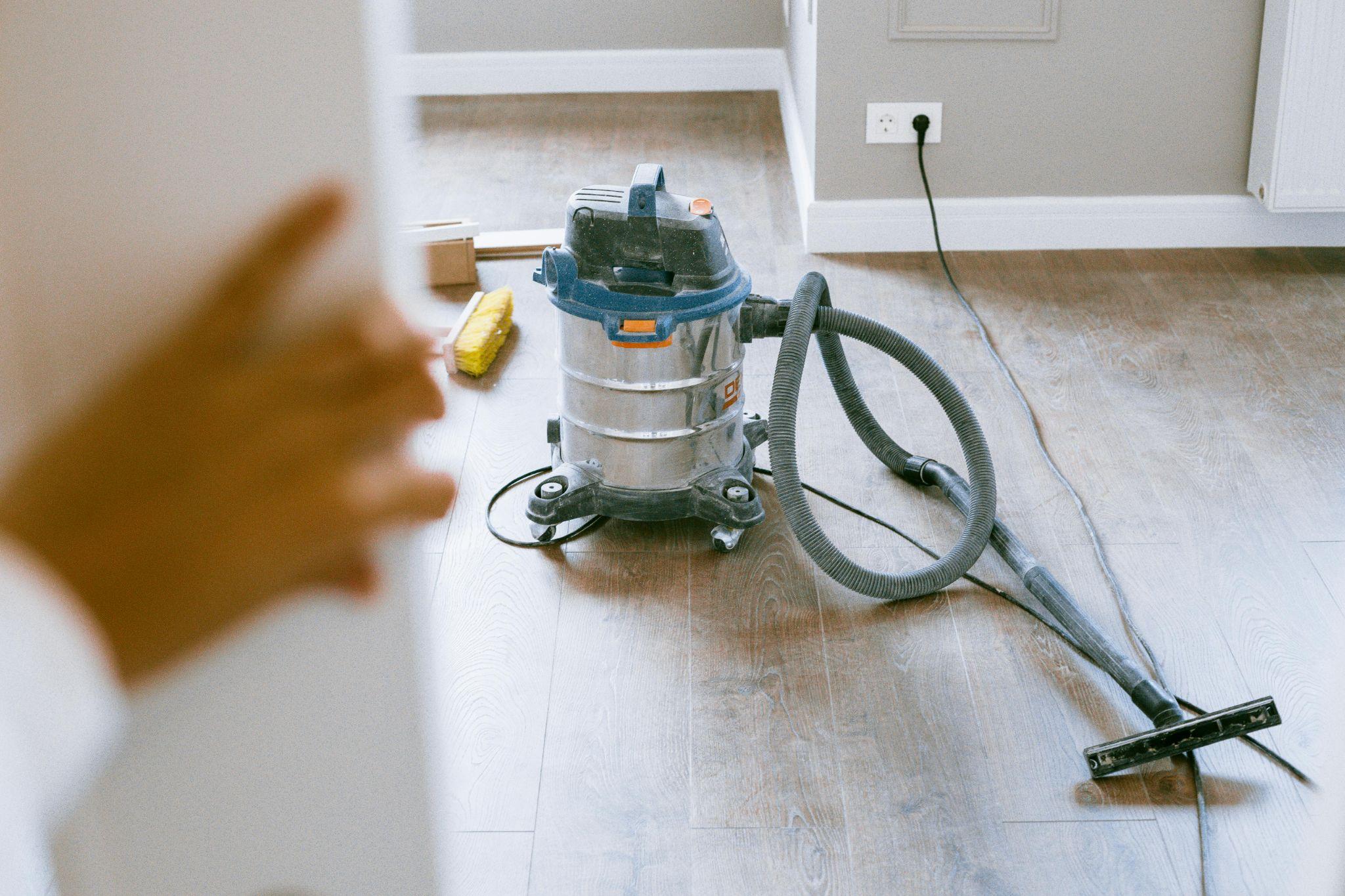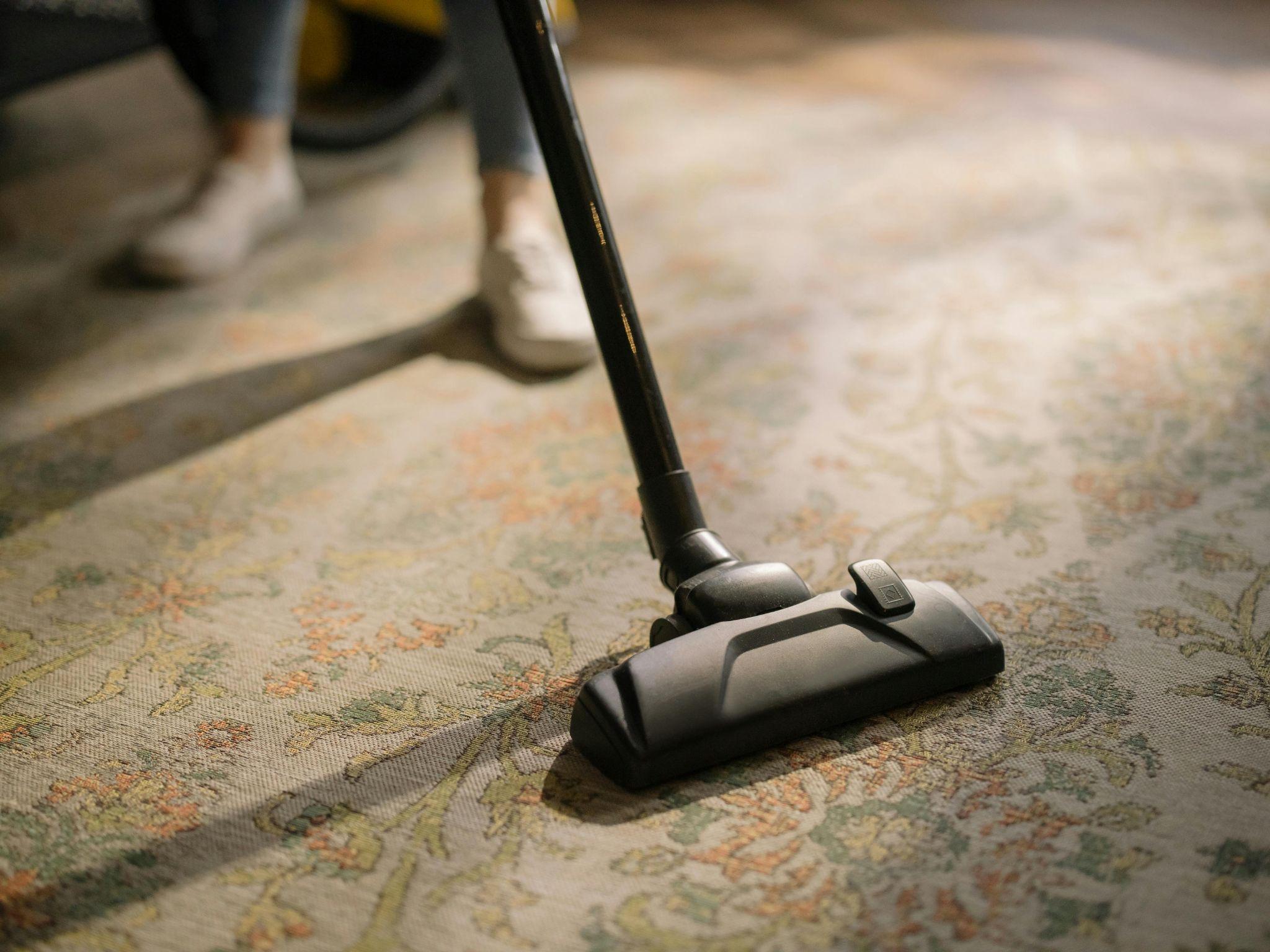Hardwood floors add elegance and warmth to any home, but maintaining their pristine condition requires the right cleaning tools. Selecting the best vacuum for hardwood floors involves understanding specific features that protect your investment while ensuring effective cleaning. Unlike carpet, hardwood surfaces require gentle yet thorough cleaning to preserve their finish and prevent scratches. This comprehensive guide will walk you through everything you need to know to make an informed decision when purchasing a vacuum for your hardwood floors.
Understanding Hardwood Floor Cleaning Needs
Hardwood floors may appear robust, but they’re surprisingly delicate when it comes to cleaning. The finish that gives your floors their beautiful shine can be easily damaged by improper cleaning methods or tools.
Importance of Using the Right Vacuum
Using a vacuum specifically designed for hardwood floors is crucial for several reasons:
- Protection of floor finish: The right vacuum will clean effectively without scratching or dulling the protective finish.
- Preservation of wood integrity: Proper cleaning tools help maintain the structural integrity of the wood over time.
- Enhanced longevity: Regular, appropriate cleaning extends the life of your hardwood investment.
- Improved appearance: The right vacuum removes dust and debris that can make floors look dull without causing damage.
A vacuum designed for hardwood floors typically features softer bristles, adjustable suction, and specialized attachments that work together to protect your floors while delivering exceptional cleaning performance.
Common Issues with Inappropriate Vacuums
Using the wrong type of vacuum on hardwood floors can lead to various problems:
- Surface scratches from hard plastic parts or rough wheels dragging across the floor
- Deep gouges from metal components or aggressive brush rolls
- Dulled finish due to abrasive materials wearing away the protective coating
- Ineffective cleaning as vacuums designed for carpets often scatter debris on hard surfaces
- Dust redistribution when using vacuums with poor filtration systems
- Noise and vibration damage from heavy machines with poor cushioning
| Issue | Cause | Consequence |
|---|---|---|
| Scratches | Hard plastic parts, rough wheels | Visual damage, reduced floor value |
| Dulled finish | Abrasive materials, harsh brushes | Need for refinishing, compromised protection |
| Scattered debris | Improper suction design | Inefficient cleaning, multiple passes needed |
| Dust redistribution | Poor filtration | Respiratory issues, more frequent cleaning required |
Key Features to Look for in a Hardwood Floor Vacuum

To ensure you’re selecting the optimal vacuum for your hardwood floors, consider these essential features that contribute to both cleaning effectiveness and floor protection.
Suction Power and Control
Adjustable suction is perhaps the most critical feature for a hardwood floor vacuum. Unlike carpets, hardwood floors don’t require extreme suction to remove debris. In fact, too much suction can cause the vacuum head to stick to the floor, making it difficult to maneuver and potentially causing damage.
Look for vacuums with:
- Multiple suction settings to accommodate different debris types
- “Hard floor” or “bare floor” modes that optimize suction for hardwood
- Digital motors that provide consistent suction without overworking
The ideal vacuum allows you to dial down the power for dust and small debris while providing enough strength to pick up larger particles when needed.
Type of Brush Roll
The brush roll (also called a beater bar) is a rotating cylinder with bristles found in many vacuum heads. While essential for carpet cleaning, traditional brush rolls can be devastating to hardwood floors.
For hardwood floors, prioritize vacuums with:
- Soft bristle brush rolls made from materials like microfiber or felt
- Brush roll on/off switches that allow you to disable the rotating brush when cleaning hardwood
- No brush roll options such as straight suction heads designed specifically for hard surfaces
| Brush Roll Type | Suitability for Hardwood | Benefits | Potential Issues |
|---|---|---|---|
| Traditional stiff bristles | Poor | N/A | Scratching, scattering debris |
| Soft bristles (microfiber) | Excellent | Gentle cleaning, dust collection | Slightly less effective on embedded dirt |
| No brush roll (suction only) | Excellent | Zero scratch risk, quiet operation | May miss some debris in crevices |
| Adjustable/switchable | Very good | Versatility for different surfaces | Requires remembering to switch modes |
Weight and Maneuverability
Lightweight, maneuverable vacuums are ideal for hardwood floors for several reasons:
- They’re easier to navigate around furniture without bumping or scratching
- Less weight means less pressure on the floor surface
- Better control reduces the risk of accidental impacts with baseboards or furniture legs
- Easier handling allows for more thorough cleaning in tight spaces
Look for features like swivel steering, which allows the vacuum head to turn smoothly without dragging across the floor. Rubber or felt wheels provide smooth movement while minimizing the risk of marking or scratching your floors.
Filtration System
A high-quality filtration system is crucial for effective hardwood floor cleaning. Unlike carpet, which can trap dust within its fibers, hardwood floors allow dust to move freely, potentially becoming airborne during cleaning.
The best vacuums for hardwood floors include:
- HEPA filters capable of capturing 99.97% of particles as small as 0.3 microns
- Sealed systems that prevent dust from escaping through cracks in the vacuum’s body
- Multi-stage filtration to capture particles of various sizes
- Anti-allergen technology to improve indoor air quality
Investing in a vacuum with superior filtration not only keeps your floors cleaner but also contributes to healthier indoor air quality, particularly important for households with allergy sufferers.
Types of Vacuums Suitable for Hardwood Floors
Various vacuum designs offer distinct advantages for hardwood cleaning. Understanding the pros and cons of each type can help you select the most appropriate option for your specific needs.
Canister Vacuums
Canister vacuums consist of a wheeled body connected to a cleaning head by a flexible hose, providing exceptional versatility for hardwood floor cleaning.
Advantages for hardwood floors:
- Separate cleaning head is typically lighter and easier to maneuver
- Greater distance between motor and floor reduces vibration damage
- Often come with specialized hardwood floor attachments
- Powerful motors provide effective suction without relying on brush rolls
- Weight distribution makes them less likely to tip and scratch floors
Some top canister vacuums for hardwood floors include the Miele Boost CX1 Parquet, Kenmore Elite 81714, and Dyson Big Ball Multi Floor. These models feature specialized hard floor tools and excellent filtration systems that make them ideal for hardwood surfaces.
Stick Vacuums
Stick vacuums have gained tremendous popularity for hardwood floor cleaning due to their lightweight design and convenience.
Benefits for hardwood maintenance:
- Ultra-lightweight construction minimizes floor impact
- Many models are cordless, eliminating the risk of cord drag
- Low profile heads fit easily under furniture
- Often include LED lights to reveal dust particles
- Convenient for quick clean-ups, encouraging more frequent maintenance
Modern stick vacuums have evolved significantly, with many now offering suction power comparable to traditional upright models while maintaining their lightweight advantage. The cordless operation eliminates the risk of cord drag, which can potentially scratch floor surfaces.
Robot Vacuums
Robot vacuums provide an automated solution for maintaining hardwood floors, offering regular cleaning with minimal effort.
When selecting a robot vacuum for hardwood floors, consider these essential features:
- Rubber wheels and soft brushes that won’t scratch surfaces
- Cliff sensors that prevent falls down stairs
- Furniture detection to minimize collisions
- Specialized cleaning modes for hardwood floors
- Scheduled cleaning capabilities for consistent maintenance
Robot vacuums are particularly effective for preventative maintenance, as they can be programmed to clean daily, preventing the accumulation of dust and debris that might otherwise scratch floors when stepped on.
Top Vacuum Recommendations for Hardwood Floors

Based on extensive research, expert reviews, and user feedback, here are some of the top-performing vacuums for hardwood floors in 2025.
Dyson V15 Detect
The Dyson V15 Detect represents the cutting edge of hardwood floor vacuum technology. This cordless stick vacuum features laser dust detection technology that illuminates microscopic dust particles invisible to the naked eye.
Key features:
- Green laser dust illumination technology reveals hidden dust
- Piezo sensor counts and sizes dust particles for intelligent suction adjustment
- Anti-tangle hair screw tool prevents hair wrapping
- Up to 60 minutes of runtime on a single charge
- HEPA filtration system captures 99.97% of particles
Miele Boost CX1 Parquet Canister Vacuum
The Miele Boost CX1 Parquet is a canister vacuum specifically engineered for hardwood floor care. Its specialized parquet floorhead features natural bristles that gently clean without scratching.
Standout attributes:
- SoftCarpet floorhead with soft bristles and articulated joint
- Vortex technology provides powerful yet controlled suction
- HEPA AirClean filter with sealed system
- Click2Open dust container emptying minimizes dust exposure
- Comfort cable rewind prevents cord dragging on floors
Dyson Omni-Glide Cordless Vacuum
The Dyson Omni-Glide represents a departure from traditional vacuum design, created specifically with hardwood floors in mind. Its unique omnidirectional soft roller cleaner head glides in all directions, making it exceptionally maneuverable.
Distinctive features:
- Dual soft roller design for gentle yet effective cleaning
- Omnidirectional design moves forward, backward, and sideways
- Ultra-slim profile fits into tight spaces
- Articulating neck reaches under low furniture
- Removable, washable HEPA filter
The Spruce highlights that “the Omni-Glide’s unique design makes it the most maneuverable hardwood floor vacuum we’ve tested, excelling at navigating around furniture legs and in tight spaces.”
Maintenance Tips for Hardwood Floors

Proper maintenance extends the life and beauty of your hardwood floors. Even with the best vacuum, following these essential practices will help preserve your floors’ appearance and structural integrity.
Regular Cleaning Schedule
Establishing a consistent cleaning routine is crucial for hardwood floor maintenance:
- Daily: Quick dry dust mopping or light vacuuming to remove surface dust and prevent scratching
- Weekly: Thorough vacuuming with a hardwood-specific vacuum, including edges and corners
- Monthly: Deep cleaning with appropriate wood cleaner, following manufacturer recommendations
- Biannually: Inspection for damage and touch-up of finish as needed
Consistency is more important than intensity—regular light cleaning prevents the buildup of grit that can damage floors over time.
Using Appropriate Cleaning Solutions
When deep cleaning is necessary, choosing the right cleaning solution is essential:
- pH-neutral cleaners specifically formulated for hardwood
- Avoid water-based solutions on waxed floors
- Never use steam cleaners which can damage wood through excessive moisture
- Follow manufacturer guidelines for your specific floor finish
- Test new products in an inconspicuous area first
Remember that less is more when it comes to cleaning solutions. Over-wetting hardwood floors can lead to warping, cupping, and other serious damage.
Preventative Measures
Beyond regular cleaning, these preventative strategies can significantly extend your floor’s lifespan:
- Place felt pads under furniture legs to prevent scratches when moving items
- Use area rugs in high-traffic zones, particularly entryways
- Implement a no-shoes policy or provide shoe covers for visitors
- Keep pet nails trimmed to minimize scratching
- Use window coverings to prevent UV damage and fading
- Maintain 40-60% indoor humidity to prevent wood expansion and contraction
| Preventative Measure | Benefit | Implementation Tips |
|---|---|---|
| Entryway mats | Captures dirt before it reaches floors | Use both outdoor and indoor mats |
| Furniture pads | Prevents scratches from movement | Replace regularly as they wear down |
| Humidity control | Prevents warping and cracking | Use humidifiers/dehumidifiers seasonally |
| Regular refinishing | Maintains protective coating | Follow manufacturer’s schedule |
| Area rugs | Protects high-traffic zones | Use non-slip rug pads that won’t damage finish |
Conclusion
Selecting the best vacuum for hardwood floors requires understanding both your specific flooring needs and the features that different vacuum types offer. Whether you opt for a specialized canister vacuum with a parquet floorhead, a lightweight cordless stick vacuum for convenient daily maintenance, or a robot vacuum for automated cleaning, prioritizing gentle suction, soft brushes, and excellent maneuverability will help protect your investment.
Remember that regular maintenance with the right tools prevents the need for costly refinishing or repairs down the line. By combining an appropriate vacuum with consistent cleaning practices and preventative measures, you can enjoy the timeless beauty of your hardwood floors for decades to come.
The perfect hardwood floor vacuum balances effective cleaning power with gentle operation, ensuring your floors remain both spotless and scratch-free. With the information provided in this guide, you’re now equipped to make an informed decision that will keep your hardwood floors looking their best for years to come.

